commentary Commentary
Commentary: Singapore’s public housing policy has done its job splendidly. Maybe it is time for a makeover?
With an ageing population who may be asset rich but cash poor, and the 99-year HDB leasehold issue looming large in public discussion, we need a hard look at the direction of public housing policy, says one observer from the Lee Kuan Yew School of Public Policy.
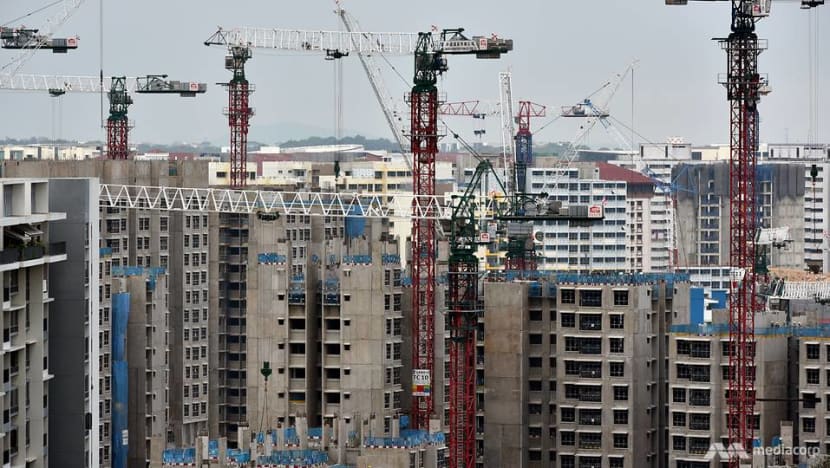
File photo of HDB flats under construction. (Photo: Jeremy Long)
SINGAPORE: It may be time to re-examine Singapore’s public housing policy in light of increasing numbers of elderly residents who may need to monetise their housing to provide for retirement.
News last year that land at Lorong 3 Geylang where 191 private terrace houses sit would be returned to the state when the lease expires in 2020, has also provoked further discussion about HDB’s 99-year leases and what it means for the public, who have been encouraged to view property as an appreciating asset.
DO WE HAVE ENOUGH FOR RETIREMENT?
In 2016, the average CPF balance of persons aged 50 to 55 was S$137,000, enough for about slightly over S$1,000 in monthly income in CPF LIFE if one were to invest in the annuity now.
In a reply to questions in Parliament in 2014, then Minister for Manpower Tan Chuan-Jin said that only half of CPF members met their minimum sum pledge at age 55, inclusive of their property pledge.
Compared with the usual advice from financial planning experts that a person’s retirement income should be about 60 to 70 per cent of one’s pre-retirement income, it seems many may not be able to depend on CPF for retirement adequacy.
The number of persons aged 65 and above has increased from 8.5 per cent in 2007 to 13 per cent in 2017. This proportion could double again by 2030.
The National Survey of Senior Citizens last released in 2011 found that most senior citizens’ main source of income was from their children, something which may not be sustainable for many in the future, with increasing numbers of singles and childless couples.
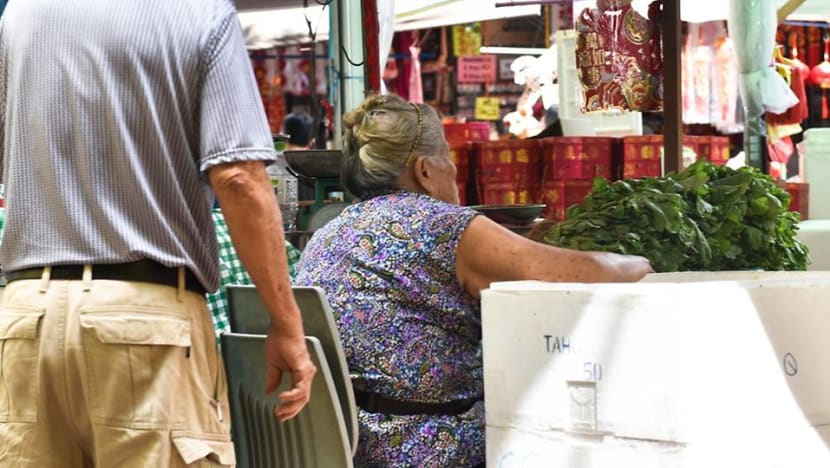
MONETISING OUR HOME
Housing can be viewed as a kind of retirement saving, particularly in Singapore, where home ownership rates are among the highest in the world. Here, homes are financed very often primarily from CPF withdrawals and seen as assets with value to be unlocked when one gets older.
One study by the OECD concluded that one’s CPF savings could provide for somewhere between 13 per cent to 82 per cent of one’s pre-retirement income, depending on how much was withdrawn from CPF to pay for housing.
At the end of 2017, net withdrawals from the CPF for housing amounted to S$210 billion.
In 2003, based on the recommendations of the Economic Review Committee, the Government implemented a CPF withdrawal limit for property preventing people from withdrawing more than 120 per cent of the valuation of their property, including interest costs. This is likely to aid new entrants to the workforce in saving for their retirement better.
But this still leaves many people, including today’s pre-retirees in a potentially tenuous situation when it comes to unlocking the value of their old homes for retirement income.
This is one reason why the Government has promoted schemes over the years, such as reverse mortgages and the Lease Buyback Scheme, to help home owners monetise their houses.
But these schemes are not popular. Reverse mortgages were introduced in 1997 but failed to take off, with the last provider discontinuing the product in 2009. The Lease Buyback Scheme run by the HDB has a poor take-up with only about 2,500 since it was launched in 2009.
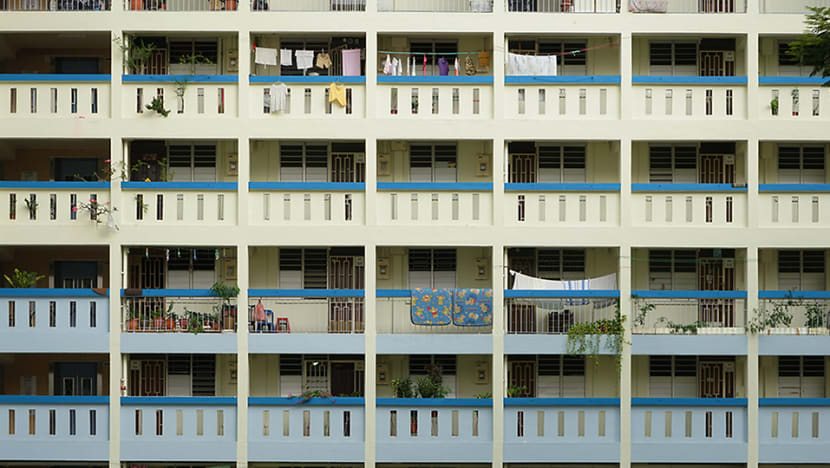
One reason might be that the Lease Buyback Scheme offers relatively little value and does not give guarantees as to what happens should the family outlive the shorter lease, even though HDB says applicants will not be left homeless.
With the number of elderly possibly doubling by 2030, any attempt at downgrading may encounter supply challenges as large numbers of people try to do so at once.
THE HDB 99-YEAR LEASEHOLD ISSUE
In March 2017, Minister for National Development Lawrence Wong sounded a note of caution regarding the phenomenon of home buyers paying high prices for old HDB flats in the hope of benefiting from a Selective En Bloc Redevelopment scheme (SERS). There are no guarantees – and HDB flats will be returned to the state at the end of their leases, he said.
The practical issue is understandable – the Government would not be able to afford to “rescue” everyone.
This has resulted in some public unease over the issue. At the moment, these voices are muted, probably due to the fact that there is no serious HDB test case yet.
Dr Ng Kok Hoe from the Lee Kuan Yew School of Public policy has highlighted in a commentary for Channel NewsAsia that we should re-examine our housing policy design and explore other housing options including renting, with a view to de-emphasise the view of housing as social security.
THE ECONOMIC VALUE OF A HDB FLAT
You cannot buy a HDB as a second property for investment purposes, and only Singaporeans and Permanent Residents can own one. A purchaser of a HDB flat must ensure that any private property owned must be sold within a certain period.
In contrast, with private property, you can freely en-bloc, buy a lease top-up, sublet or sell to an investor.
All these restrictions mean that HDB flats will be valued less than an equivalent leasehold private property.
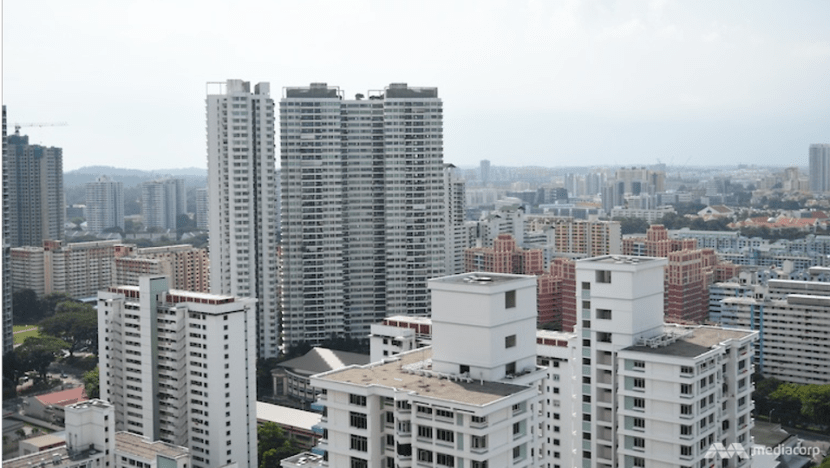
A HDB flat also does not really sell at potential economic value.
A 4-room HDB flat in Toa Payoh with 57 years of lease left sells for about S$360,000. A flat in the same block can be sublet for S$2,200 a month (a 7 per cent gross yield). Even if you sublet the flat for only 75 per cent of the time, in 57 years, this is S$1.1 million in cashflow.
IS THERE ANOTHER WAY OUT?
What can we do to tackle this conundrum? One idea is to privatise older HDB flats, while we still have time to roll it out before problems arise. We have a precedent.
The HUDC programme was a programme started in the 1970s with the aim of catering to “sandwiched” middle-class professionals who did not qualify for low-cost HDB housing. By the 1990s, as the HDB programme gained momentum and catered to most classes of buyers with offerings such as executive flats, demand for the HUDC programme declined.
In 1995, HUDC estates were allowed to privatise provided a clear majority of owners voted for it and paid HDB a fee, inclusive of buying over common areas.
One by one, HUDC estates went private. Many went en bloc, with the developer picking up the tab for a lease top-up. Others simply topped up their leases.
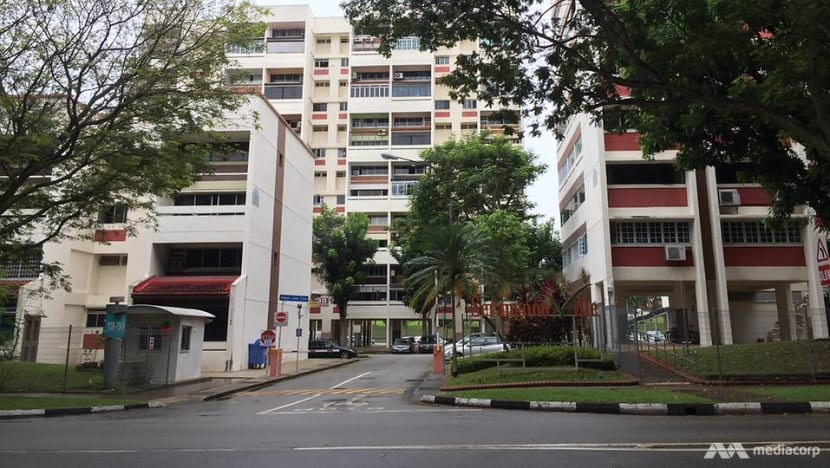
In a similar way, we can do so for older HDB estates. Privatising HDB flats frees the way for owners of older HDB flats to maximise their ownership and monetise their houses as private property owners.
In the HUDC case, the process of privatisation across various HUDC properties was drawn out over decades. HDB privatisation can be similarly managed to ease the transition and avoid supply shocks, concurrent with HDB managing the supply of new flats.
The HDB programme has succeeded beyond its wildest imagining. It has done its job in providing decent housing for the vast majority of Singaporeans since the country’s independence.
Maybe it is time for the HDB to step back and evolve. Allow people to have more choice, less reliance on Government when it comes to housing, and have the HDB refocus its social mission.
Tan Jin Meng is pursuing a full-time post graduate degree at the Lee Kuan Yew School of Public Policy and is currently engaged in research on long-term care financing for a local non-government organisation interested in eldercare matters.














